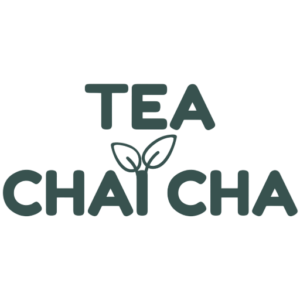Oolong tea is made from the leaves of the Camellia Sinensis plant, just like other real teas.
These leaves go through a unique process that involves withering and oxidation in the sunlight.
This special treatment makes the leaves curl and twist, giving Oolong tea its cool name – “Black Dragon tea.”
And if you have read about the caffeine content in other teas, you must have picked your answer!
If not, does oolong tea have caffeine in it?
Yes, oolong tea has 50-75 mg caffeine per 8 oz. cup.
Is Oolong Tea Caffeinated?
YES, Oolong tea is a caffeine-packed delight!
Just like other real teas, it’s brewed from the leaves of the Camellia Sinensis plant as I’ve mentioned above.
These caffeine-containing leaves go through a unique process – they’re withered and sun-kissed, making them twist and turn.
Oolong tea has got this perfect balance – not too light, not too strong.
The leaves are rolled up tight into little pellets, and when you brew it, you get this toasty aroma that’s hard to resist.
And the taste? It’s a sweet, almost grainy sensation that lingers on your taste buds.
Oolong tea comes from different places, like Anxi in Fujian, Taiwan, and the Guangdong Province in China.
But the level of oxidation varies.
You’ve got green oolong with about 10% to 30% oxidation (they call it Bao Zhong), and then there’s the dark oolong, Wuyi Shui Xian, which can go up to a whopping 60% oxidation.
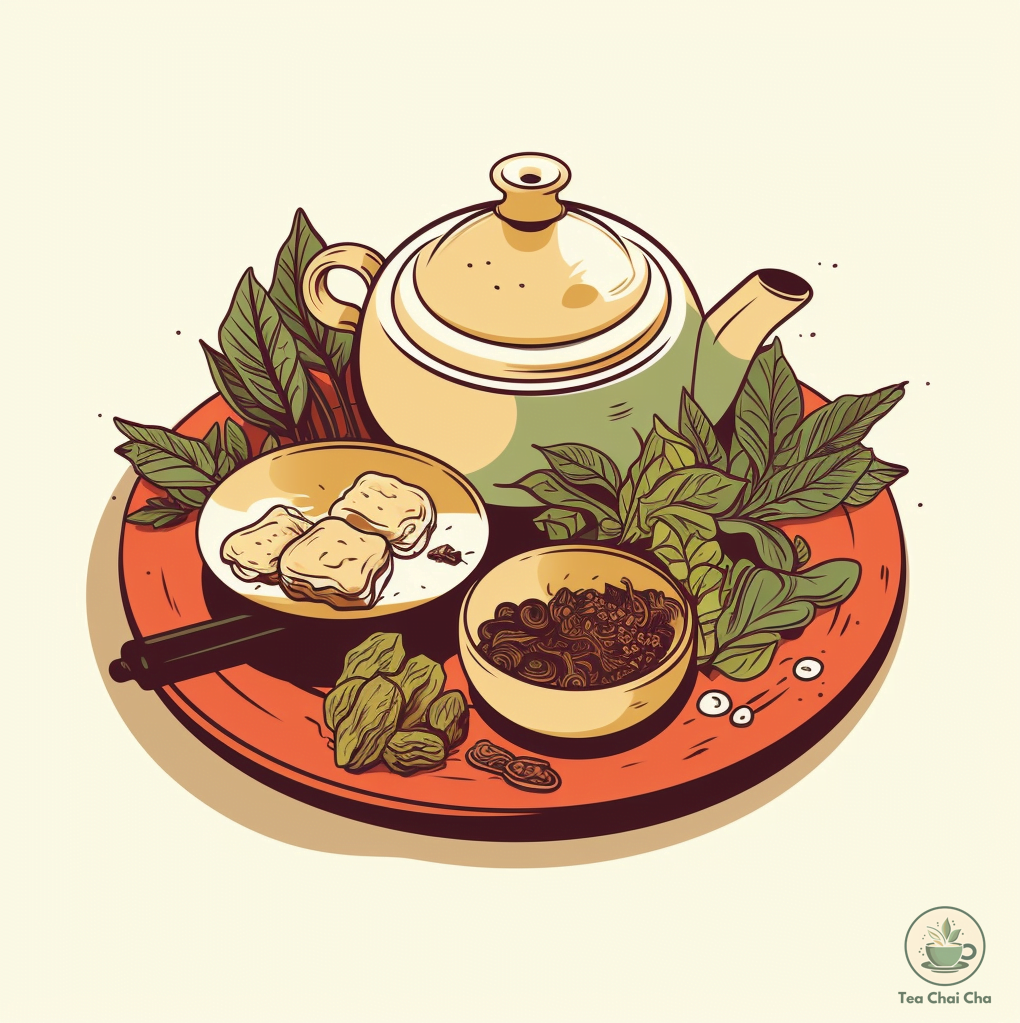
How Much Caffeine in Oolong Tea Leaves?
On average, oolong tea leaves have around 3% caffeine when you measure them by dry weight.
But hold on to your teacups, because that number can swing a bit.
See, it depends on a bunch of stuff.
Things like where the tea is grown, how it’s processed, and even the specific tea plant variety can make a difference in the caffeine content.
So, you might find some Oolong teas with a little more kick and others that are a tad mellower.
How Much Caffeine Is in a Cup of Oolong Tea?
In an 8 oz. cup of oolong tea, you’re looking at around 50-75 mg of caffeine.
It averages at 37 mg caffeine per cup of oolong tea.
But compare that to a cup of coffee, which packs about 91 mg of caffeine, and oolong’s not too shabby!
So, oolong tea is no snooze fest when it comes to caffeine.
Those tea leaves go through a bit of a transformation, somewhere between green and black teas.
But wait, there’s more.
The longer you let your tea steep, the caffeine levels go up a notch.
And if you’re into re-steeping, well, each time you do it, the caffeine calms down a bit.
Decaf Oolong Tea
If you’re looking to enjoy the flavors of oolong tea without the caffeine kick, fear not!
Decaffeinated oolong tea is here to save the day.
How Is Oolong Tea Decaffeinated?
So, how do they strip the caffeine from oolong tea?
Tea leaves are soaked in water or steamed to open them up.
Then, they’re rinsed with a solvent that bonds with caffeine.
After a bit of a soak, the leaves are rinsed again to remove any remaining solvent.
The result?
Oolong tea with a caffeine content that’s much lower.
How Many Milligrams of Caffeine is in Decaffeinated Oolong Tea?
Now, for the big question: how many milligrams of caffeine are left in decaffeinated oolong tea?
Well, it’s a good news story for those who prefer a milder brew.
Typically, you’re looking at just around 2-10 mg of caffeine per 8 oz. cup of decaf oolong tea.
That’s quite a drop from the regular oolong tea, which can have 50-75 mg of caffeine.
So, if you’re trying to cut down on caffeine but still savor the wonderful oolong flavors, decaf oolong might be your new go-to.
6 Ways to Reduce Caffeine in Oolong Tea
So, you’re sipping on some oolong tea, but the caffeine’s a bit too lively for your taste?
No worries, you can mellow it out.
Here’s how:
1. Quick Rinse to the Rescue
First things first, give those tea leaves a quick rinse.
Just pour some hot water over them, and then toss that water away.
This rinse-off can get rid of a good chunk of the caffeine.
2. Go for Lighter Oolong
If you’re looking to seriously cut down on caffeine, start by choosing a lighter oolong tea.
These tend to have less caffeine than the darker varieties.
So, look for names like “green oolong” or “Bao Zhong” for a milder caffeine kick.
3. Shorter Steeping Time
The longer you steep your tea, the more caffeine it’ll have.
So, be the boss of your brew and keep that steeping time on the shorter side.
It’ll still taste fantastic!
4. Lower Water Temperature
Boiling hot water can extract more caffeine from your tea leaves.
Try using slightly cooler water, around 185°F (85°C), instead of the full boil.
Your tea will thank you for it!
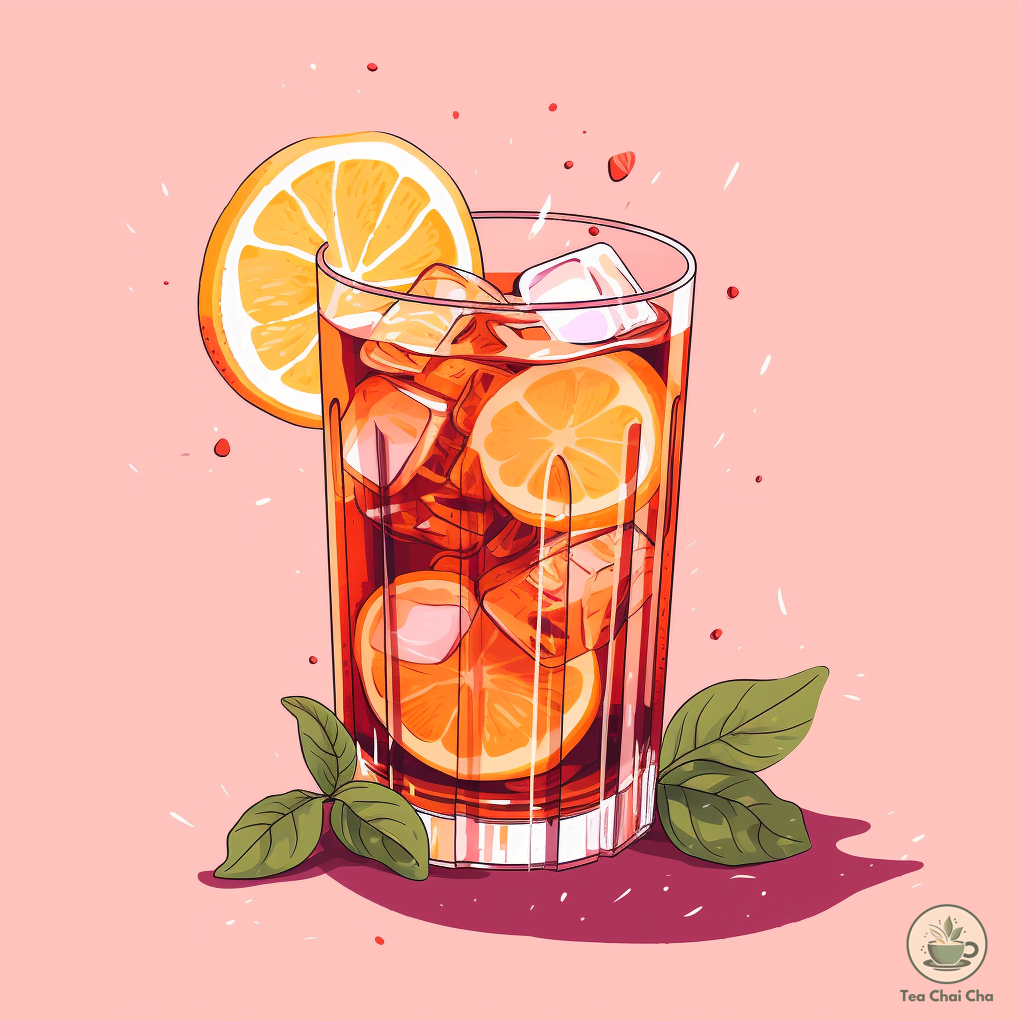
5. Cold Brew
I personally love cold brewing my teas.
Cold brew oolong can have almost 1/3rd of the total caffeine content that you get from a hot brew.
So, its the best way to enjoy your oolong tea without worrying about caffeine.
6. Buy Decaf Oolong
Yep, you heard me right – there’s decaffeinated oolong tea out there that too, easily available online!
It’s processed to remove most of the caffeine while keeping that lovely oolong flavor intact.
So, no more worries about caffeine jitters.
7. Re-steep Wisely
If you’re into re-steeping your oolong tea leaves, know this: each time you do it, the caffeine content goes down a bit.
So, go ahead and enjoy that second or third cup without the caffeine overload.
Maybe you can share the first cup with your spouse from whom
Perhaps you could share the first cup with your spouse, the one who effortlessly disrupts your ‘me time‘ around the clock! 🍵😄
6 Factors Affecting Caffeine Content in Oolong Tea
Now, let’s talk about the factors that affect the caffeine content in oolong tea.
1. Tea Origin
Where the tea is grown plays a big role.
Tea from different regions can have varying caffeine levels.
For instance, oolong tea from Taiwan might have a different caffeine content than oolong from China.
2. Tea Cultivation
The caffeine in tea depends on factors like the type of tea plant, where the leaf is on the plant, when it’s harvested, and the weather it grows in.
Different tea plant varieties have varying caffeine levels, and young leaves contain more caffeine than older ones.
When you pick the leaves also matters.
Summer and fall harvests usually have more caffeine because they grow faster during those times.
Plus, leaves in the shade tend to have more caffeine.
So, those factors all come together to decide how much caffeine ends up in your tea.
3. Leaf Size
The size of the tea leaves matters when it comes to caffeine.
Smaller leaves often have more caffeine than larger ones.
Just like how a tiny espresso shot packs a punch compared to a big cup of regular coffee.
4. Roasting
Roasting the tea leaves can affect caffeine content.
The longer and hotter they’re roasted, the lower the caffeine.
It’s similar to cooking a marshmallow over a campfire – the longer you roast it, the less gooey it becomes.
5. Aging
As oolong tea ages, it can lose some of its caffeine.
Just like wine matures over time, tea can mellow out and become less caffeinated as it gets older.
6. Storing
How you store your tea matters too.
If it’s exposed to air and light, it might lose caffeine and taste faster.
So, keep your oolong in an airtight container away from direct sunlight.
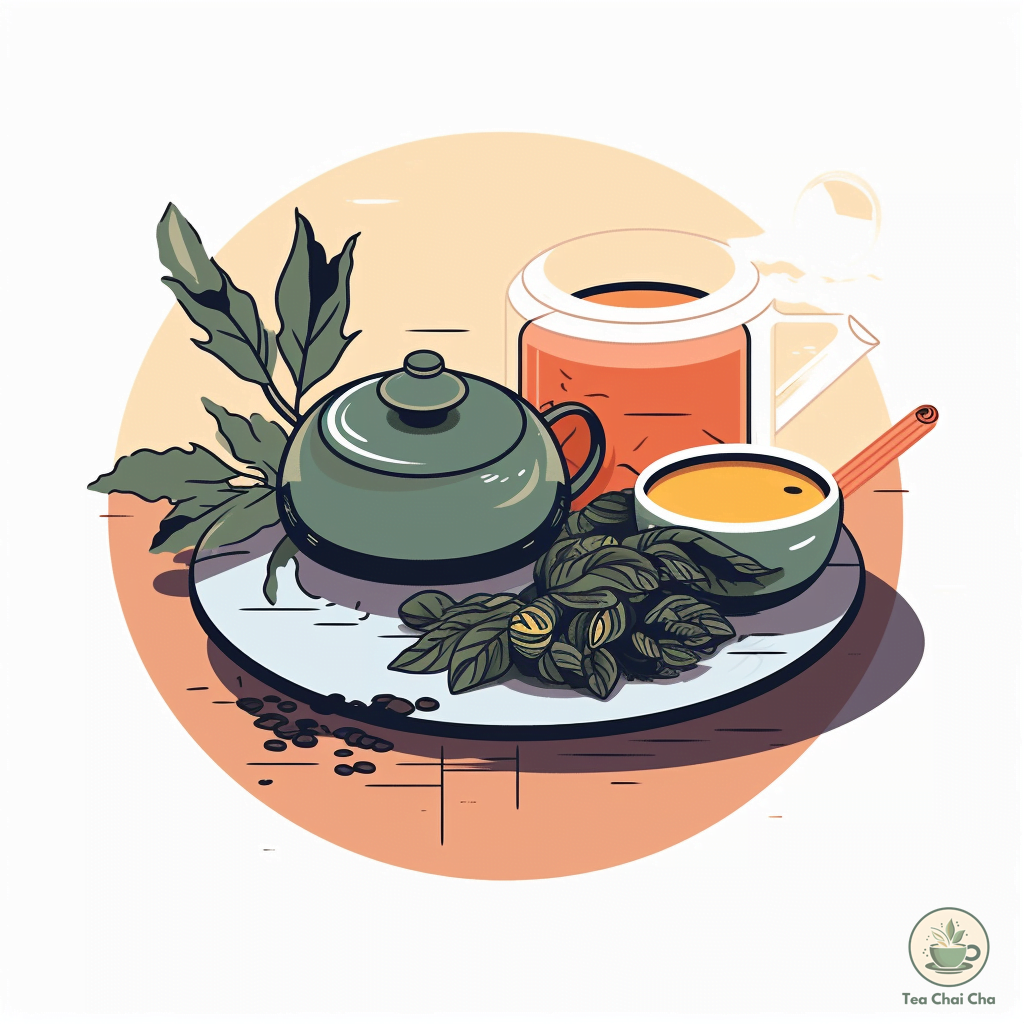
Which Oolong Tea Has the Most Caffeine
If you need that caffeine kick to jumpstart your day, you might be wondering which oolong tea packs the most punch.
Here are some options you can try:
1. Ti Kuan Yin (Tie Guan Yin)
First up, you have the renowned Ti Kuan Yin oolong.
This tea hails from China and is known for its bold and energizing flavor.
It’s a semi-oxidized tea, which means it’s somewhere between green and black tea in terms of caffeine content.
So, if you’re looking for a tea that packs a punch but isn’t overly jittery, Ti Kuan Yin is your buddy.
2. Da Hong Pao
Da Hong Pao, also known as “Big Red Robe,” is a rock oolong from China.
It’s roasted to perfection, giving it a rich and earthy flavor.
What makes this tea special is that it can have varying caffeine levels depending on its roast.
The darker the roast, the lower the caffeine content, so look for a medium roast if you want a robust caffeine kick.
3. Wuyi Oolong
If you’re seeking an oolong that combines the goodness of traditional tea-making with a caffeine boost, Wuyi oolong might be your new go-to.
It’s grown in the Wuyi Mountains of China, which gives it a unique mineral-rich flavor.
This oolong can range from medium to high caffeine content, making it a versatile choice for your tea cabinet.
4. Oriental Beauty
Don’t let the name fool you; Oriental Beauty is a Taiwanese oolong that’s as bold as it is elegant.
It’s harvested in the summer when tiny green leafhoppers nibble on the tea leaves, creating a fruity and complex flavor profile.
This bug-bitten oolong tends to have higher caffeine levels due to the insect nibbling.
So it’s a delightful surprise for caffeine seekers.
5. Formosa Jade Oolong
Formosa Jade Oolong, often called “High Mountain” oolong, is another Taiwanese gem.
Grown at high altitudes, this tea benefits from cooler temperatures and clean mountain air, resulting in a crisp taste.
While it may not have the highest caffeine content among oolongs, it’s a great choice for those who prefer a milder yet still caffeinated tea.
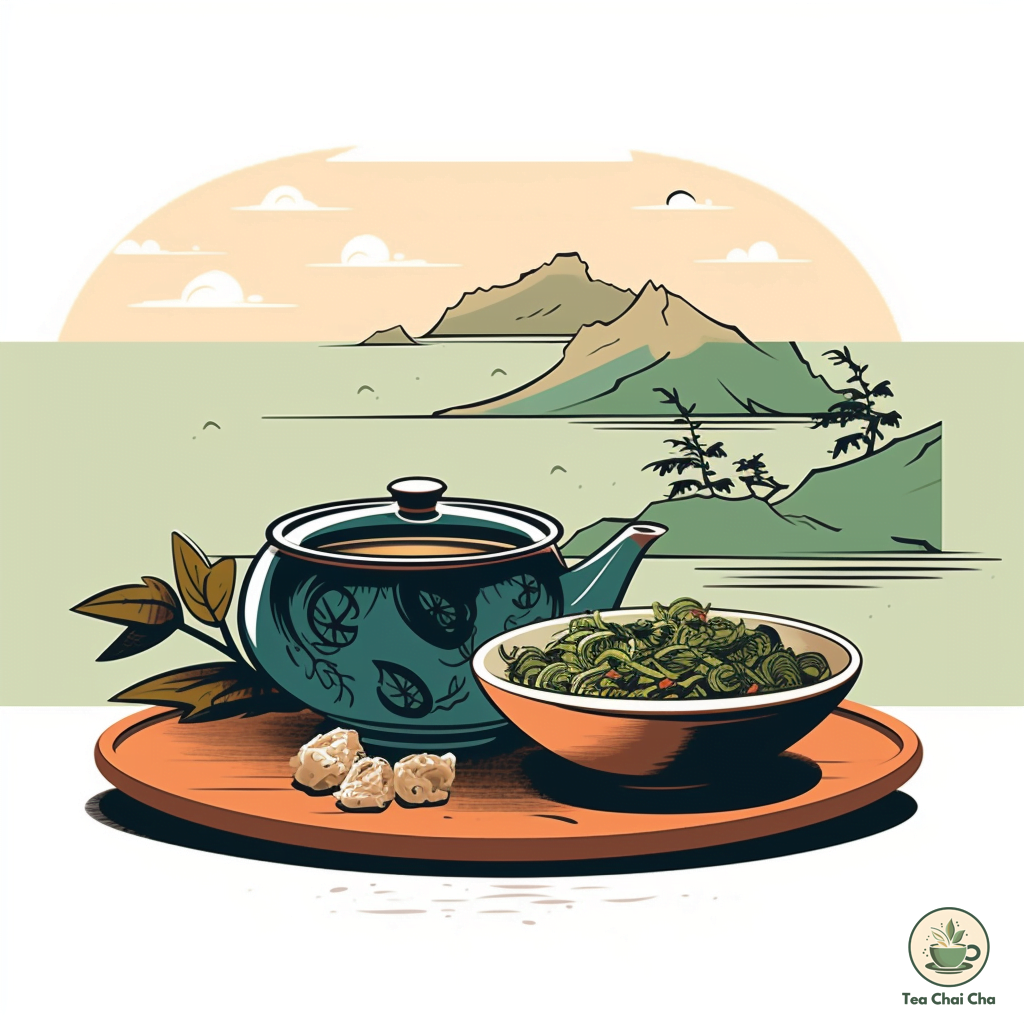
Which Oolong Tea Has the Least Caffeine
On the flip side, you can try these oolongs with the least caffeine levels:
1. Baozhong Oolong
Starting our caffeine-light adventure is Baozhong oolong, a delicate tea from Taiwan.
It’s known for its fresh, floral notes and minimal processing, which keeps the caffeine content on the lower side.
If you’re seeking a mellow tea experience, Baozhong is an excellent choice.
2. Dong Ding Oolong
Dong Ding oolong, also hailing from Taiwan, offers a balanced flavor profile and a moderate caffeine content.
Its smooth, toasty notes make it a perfect tea for a calm and contemplative afternoon.
It’s neither too high nor too low in caffeine, striking a delightful middle ground.
3. Pouchong (Baozhong)
Pouchong, sometimes called Baozhong, is another Taiwanese oolong with a gentle caffeine presence.
Its light, floral character is perfect for those seeking a tea that won’t disrupt their tranquility.
It’s often described as a bridge between green and oolong tea, making it an approachable choice.
4. Phoenix Dancong Oolong
Hailing from China’s Guangdong province, Phoenix Dancong oolong offers a wide range of flavors, often mimicking fruits and flowers.
While its caffeine content can vary depending on the specific variety, it tends to be on the lower side compared to many other oolongs.
It’s a fantastic option if you’re looking for a fragrant, low-caffeine tea.
5. Shui Xian (Narcissus) Oolong
Shui Xian, also known as Narcissus oolong, is another mellow choice from China.
Its smooth, roasted character and low caffeine content make it a great companion for relaxation.
This oolong is often enjoyed for its comforting and earthy notes.
Comparing Caffeine Levels of Different Oolong Teas
| Oolong Tea Variety | Caffeine Level |
|---|---|
| Ti Kuan Yin (Tie Guan Yin) | Medium-High |
| Da Hong Pao | Varies with Roast (Medium to High) |
| Wuyi Oolong | Medium-High |
| Oriental Beauty | High (due to insect nibbling) |
| Formosa Jade Oolong | Medium |
| Baozhong Oolong | Low |
| Dong Ding Oolong | Moderate |
| Pouchong (Baozhong) | Low |
| Phoenix Dancong Oolong | Low |
| Shui Xian (Narcissus) Oolong | Low |
Caffeine in Oolong Tea vs. Other Teas
| Tea Type | Caffeine Level (per 8 oz cup) |
|---|---|
| Oolong Tea | 30-70 mg |
| Black Tea | 40-70 mg |
| Green Tea | 20-45 mg |
| White Tea | 15-30 mg |
| Matcha (Powdered Green Tea) | 35-70 mg |
| Herbal Tea (e.g., Chamomile, Peppermint) | Virtually Caffeine-Free |
Caffeine in Oolong Tea vs. Coffee
Let’s compare the caffeine content in oolong tea with that in coffee:
-> Oolong Tea
Oolong tea typically contains about 30-70 milligrams of caffeine per 8 oz (240 ml) cup.
The caffeine content can vary depending on factors like the type of oolong and how it’s prepared.
-> Coffee
Coffee, on the other hand, is known for its higher caffeine content.
An 8 oz (240 ml) cup of brewed coffee generally contains around 95-165 milligrams of caffeine.
However, this amount can also vary based on factors like the coffee bean type, brewing method, and serving size.
So, in a head-to-head comparison, coffee tends to have significantly more caffeine per cup than oolong tea.
If you’re looking for a milder caffeine boost, oolong tea might be a better choice, whereas coffee offers a stronger kick for those seeking a more potent caffeine source.
Does Oolong Tea Affect Your Sleep?
Oolong tea is awesome, but it can mess with your sleep if your drink it too close to bedtime.
It’s got caffeine, not as much as coffee, but enough to keep you awake if you sip it late in the day.
So, enjoy it earlier, like in the afternoon, and then you can still sleep like a champ at night.
It’s all about timing!
Does Oolong Tea Cause Dehydration?
Nah, oolong tea does not cause dehydration.
This tea won’t dry you out like a desert.
In fact, tea does not dehydrate you.
It’s got water in it, after all!
Oolong tea is not a hardcore dehydrator like coffee, but don’t overdo it.
Too much caffeine can make you pee more, so moderation is key.
Stay hydrated and enjoy your oolong tea in balance!
